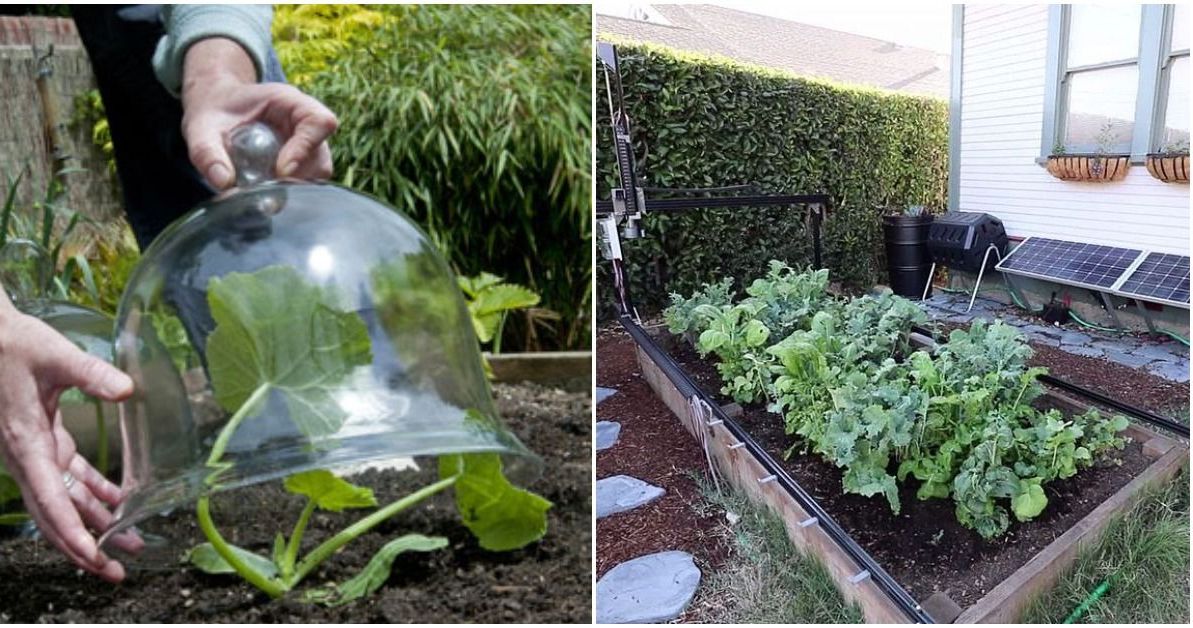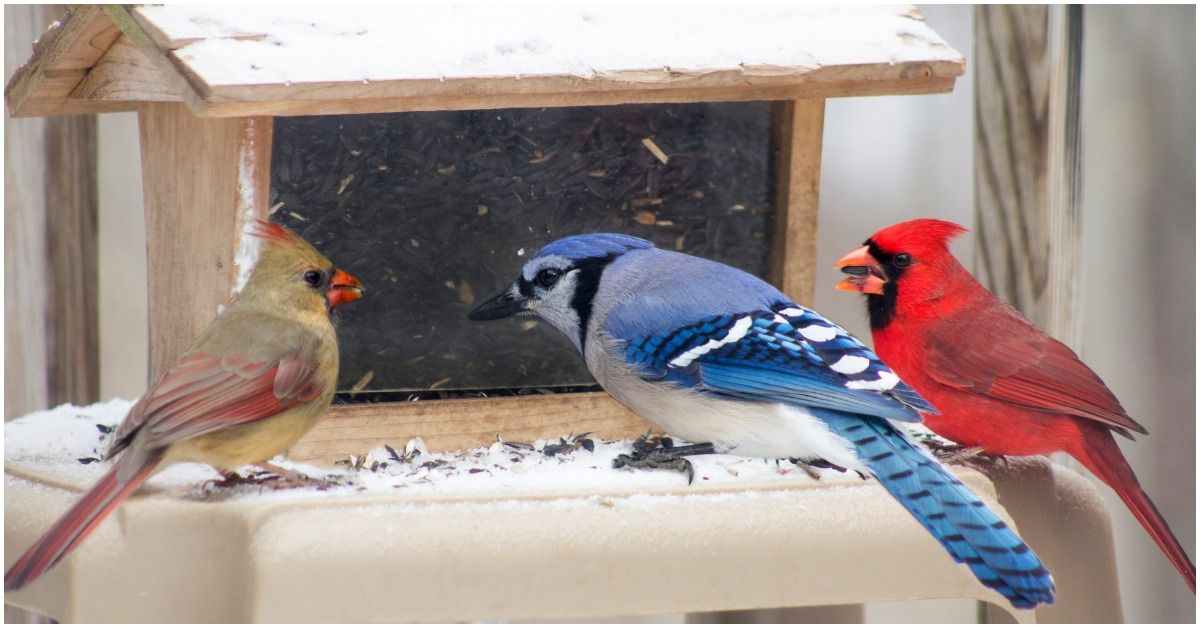Gardening is one of the most relaxing hobbies of all, and a great way to spend more time outdoors.
Which is why it's such a shame that (in most parts of the country) you can't do it year-round.
As the temperature drops, backyard gardeners from coast to coast put away their tools and wait for spring. But you don't have to.
There are all sorts of ways to keep gardening, or at least prepare for spring planting, during the fall and winter months.
1. Get The Right Supplies

If you're not used to growing plants in the colder months, you should know that the approach is a little different because of changing weather conditions.
Overall, these seasons are colder (obviously) and the air is more dry (when it's not snowing).
Mulch will keep your soil warm and moist as the chill sets in, so it's essential for planting in colder months. It also makes your garden more welcoming for helpful insects who will spend the winter in your soil.
Natural alternatives like straw, leaves, and evergreen boughs will also encourage growth.
Fertilizers like bone meal are also a must-have for planting bulbs in the fall, because they encourage the roots to grow deep before the cold weather arrives.
2. Brave The Cold
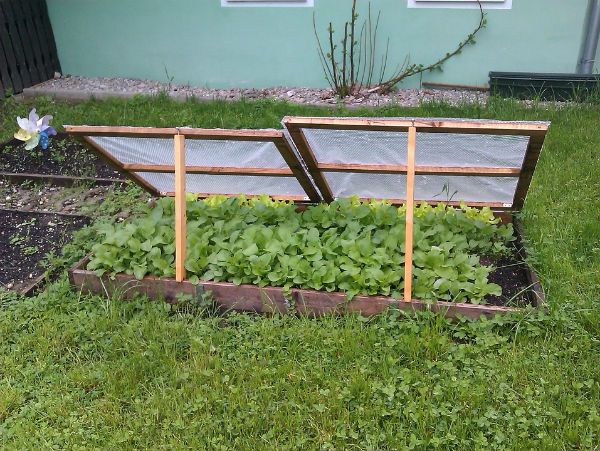
You can keep growing past them time when most people will give up on their garden by using tunnels, cloches, or tents to shield your produce.
Whether you want to continue growing warm-weather vegetables in the cold, or protect cold-weather plants from the worst of the weather, a little fabric can go a long way.
For more ambitious gardeners, building special features like greenhouses, cold frames, and and hot beds will extend your season.
Either buy specially-designed products, or learn how to make your own from household goods like milk jugs.
3. Pick The Right Plants

With some consideration and careful gardening, you can grow "summer" produce well into the fall.
But for best results, and less stress, you should pick heart plants suited to growing in colder temperatures.
Broccoli and cauliflower, peas, turnips, and beets are all suited to the cold, and some will even grow all winter long.
Check these lists for more suggestions of fall and winter plants.
4. Get Winter Chores Done
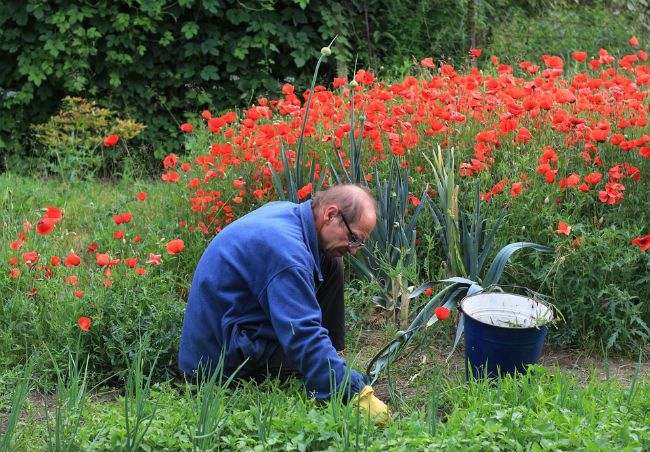
If you only keep a flower garden, there may not be much for you to do outside once the thermometer drops.
But cold seasons are the perfect time to catch up on chores before your planting season begins.
Whenever you can see your yard through the snow, take time to pull up a few weeds.
They start spreading as soon as the weather warms up, so you need to beat them to the punch.
You can also start tilling the soil before your get a chance to plant to improve its quality. Look hard enough, and you'll always find something else to do.
5. Welcome Wild Birds
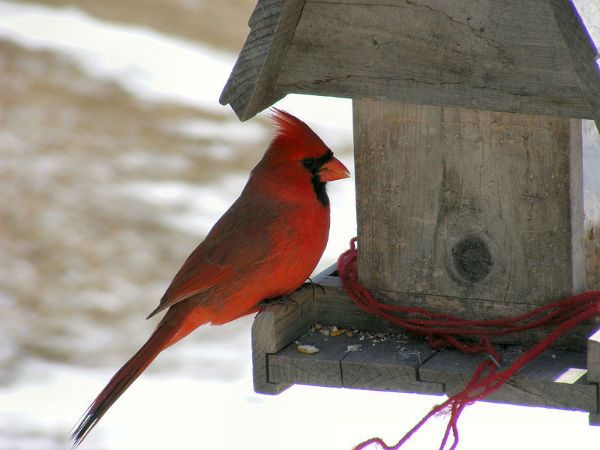
With less work to do around the garden, this is a great time to focus on your local wildlife.
Certain birds will continue to visit your feeders during the winter, and you should take care to make them feel welcome.
Wild birds eat insects that can damage your plants in warmer seasons, so encouraging them to come to your yard is a smart habit.
Make sure to have full feeders, a water source to drink and bathe in, and nesting houses ready if you want to attract birds all winter long.
6. Care For Your Trees

You should look after younger trees and shrubs to make sure they last through the winter, and that will provide you with a laundry list of chores.
Bundle up saplings and shrubs in fabrics like burlap until the weather warms up again, and take time to soak evergreens in the fall so they don't turn brown in the winter sun.
Bare branches are also easy to prune and trim now, which will keep the trees in good health when spring arrives.
7. Take Your Garden Indoors
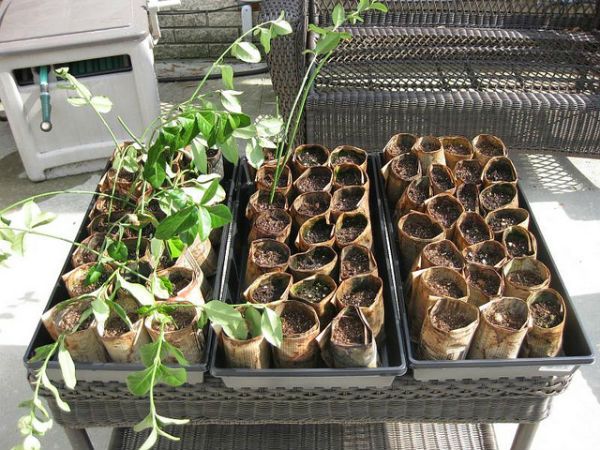
Seed-starting is a way to jumpstart your growing season.
Basically, you grow plants indoors from seeds, then move them outdoors as the weather warms up.
It takes a little bit of timing, but even beginner gardeners can try it, using as much or as little special equipment as you like.
Make sure to pick up special soilless garden mixes and prepare it with water in a seed tray.
Sow the seeds, then cover over them with soil or vermiculite.
Choosing the right spot for you plants, investing in a grow lamp, or sealing in moisture with plastic wrap is important.
Check out this comprehensive guide for more information about seed-starting your garden.
Are you planning to do any winter gardening this year?
Just so you know, Shared may collect a share of sales or other compensation from some of the links on this page. However, we only choose products we would or have purchased ourselves.
